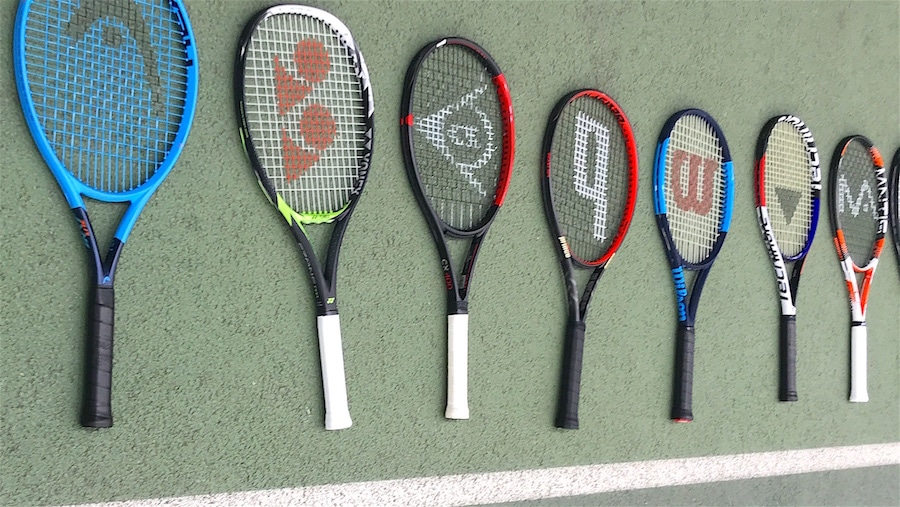Discover the characteristics and the best brands of tennis rackets for beginners ? and get the one that best suits your needs.
Tennis is one of the most demanding sports out there due to the need to know how to coordinate legs and arms. At the same time, you have to understand that the ball does not bounce the same on clay, grass or court. Those who start in it have to do it with a tennis racket for beginners that makes it easier for them to improve in the volley, the rest and all kinds of hits. Thus began the greats who now win Wimbledon, Roland Garros and all the Grand Slams.
The best tennis rackets for beginners will be those that meet a series of characteristics and standards that facilitate their use and handling. Not just any equipment is worth. Luckily, for all those who want to start in this sport, in Showroom we are going to explain everything there is to know to choose a tennis racket and propose several models.
CHARACTERISTICS OF TENNIS RACKETS
Tennis rackets are made up of different elements that make up their characteristics depending on how they are designed. These are the ones to pay attention to:
Length
This is the size of the racket, which can vary from 685 centimeters to 760 cm. This factor will determine how manageable they are and the power they can deliver with each hit. If they are larger, the point of impact of the ball will be further from the grip of the hand and they will weigh more, which makes them more difficult to control, but more powerful movements can be made. Therefore, to gain handling, beginner tennis rackets have to be the shortest models.
Weight
Weight, as briefly explained in the previous section, affects control and power when using a racket. This usually ranges between 240 and 340 grams, approximately. The level of play, age, height and personal weighing will determine how much the chosen racket should be. For beginners, those that do not exceed 275 or 280 grams would be suitable. Those that are around 300 and 340 grams are only for those who already have the strength and handling of an advanced player.
Sieve
The head of the racket, that is, the area with which the ball is hit. If it is larger, it will provide more control and less power and vice versa. Initiates should opt for those with a larger area in order to have more surface with which to hit the ball. Therefore, they should opt for those that are between 64.5 and 71 square centimeters. The most advanced and competitors use those that have a sieve between 63 and 64.5 square centimeters as Rafa Nadal and Martín Del Potro do when they play at Wimbledon, for example.
Balance
A tennis racket can distribute its weight towards the handle or towards the head. To know this factor, we must pay attention to the number that appears in the heart, the part that joins both parts. This can range from 29 cm to 37 cm. The balance would be in the 32. If you have more, the weight falls more on the head, which helps to print more power to the hits at the cost of less control. If the weight is distributed towards the handle, the figure will be lower.
String pattern
These characteristics refer to the amount of vertical and horizontal ropes that are in the sieve. If it is closed, there will be little space between strings because there are more of these and it favors greater control. When it is open, that is, there is more space because there are fewer strings, you can hit with more power and print effects on the ball.
WHICH TENNIS RACKET TO BUY FOR ROOKIES?
A beginning player has to learn to make each shot, return the balls that are thrown at him, adapt to the different movements and be able to throw the ball to the point that interests him. For this you must have great control. Little by little you will be able to print more power and practice the effects.
To achieve this, based on the characteristics that we have discussed, a beginner’s tennis racket should have the following features:
- Length: short rackets up to 71 centimeters preferably.
- Weight: light, between 240 and 275 grams.
- Sieve: between 645 and 710 square centimeters.
- Balance: greater than 32 cm so that it falls on the handle.
- Strung: closed.

